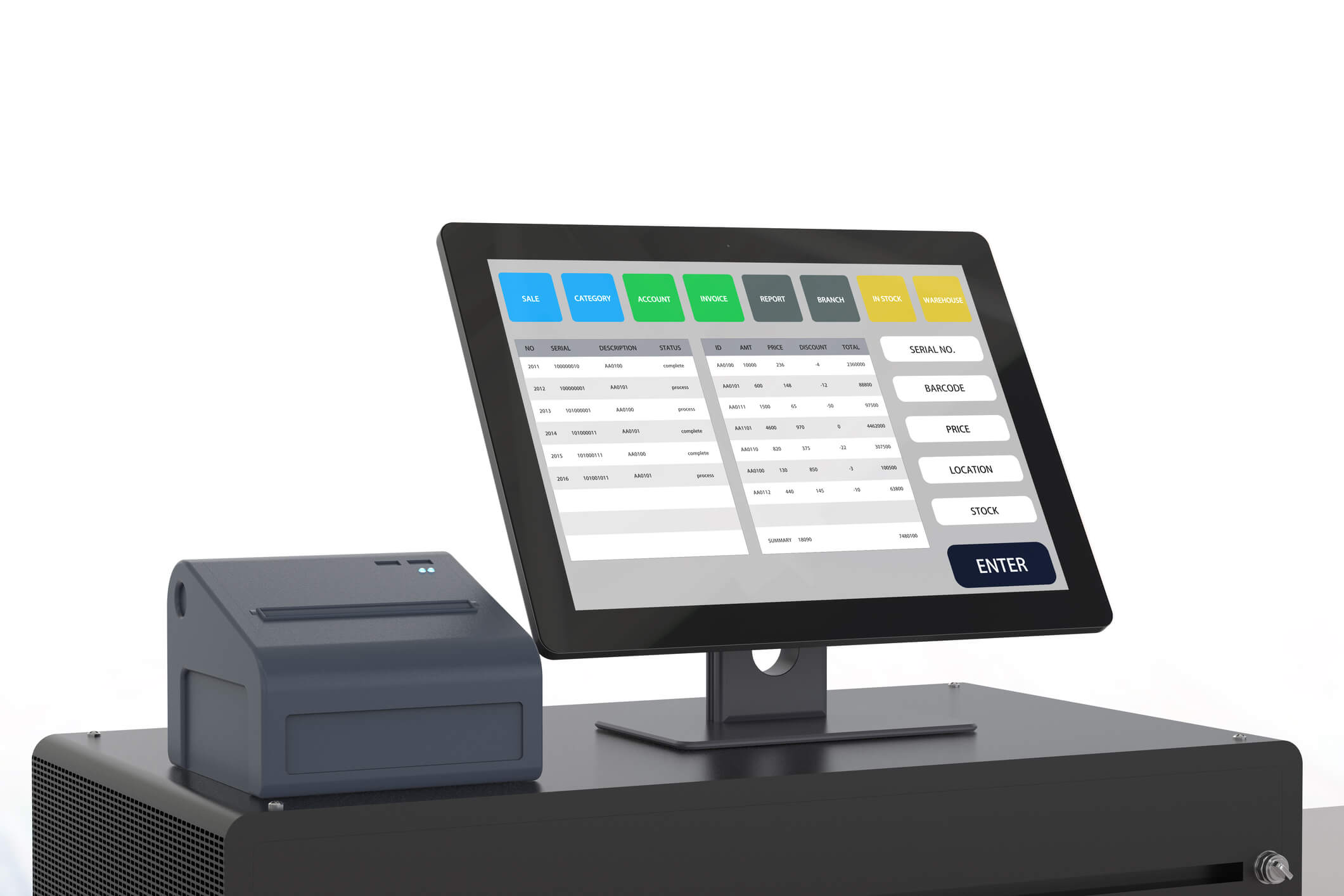What is the Cloud?
In today’s fast-paced digital world, we often hear about “the Cloud,” but what does it really mean? Imagine a special place in the virtual world where all your computer stuff is stored and can be accessed from anywhere. It’s like a magical network of invisible resources that allows data and services to appear instantly when needed. This Cloud has a lot of power, making our lives easier and more connected. Let’s explore this mysterious Cloud together, learning about its origin, how it works, and the amazing things it can do for us.
What is Cloud?
The Cloud is a vast and interconnected network of remote servers that store and manage data, applications, and services over the Internet. Instead of relying solely on local computer storage, the Cloud enables users to access information and resources from virtually anywhere with an internet connection. It offers a scalable and flexible solution, allowing individuals, businesses, and organizations to easily store and retrieve data, run applications, and utilize services without the need for expensive on-site hardware and infrastructure.
The Cloud’s appeal lies in its convenience and cost-effectiveness, as users can pay for the resources they actually use, making it an attractive option for businesses of all sizes. Additionally, it fosters collaboration and real-time access, empowering teams to work together seamlessly, regardless of their physical location. As the Cloud continues to evolve, it plays a crucial role in revolutionizing how we interact with technology, providing innovative solutions, and shaping the future of computing.
How Cloud Works?

The Cloud operates on a complex yet user-friendly infrastructure that facilitates the storage, management, and delivery of data, applications, and services over the Internet. By leveraging the power of remote servers and virtualization technology, the Cloud provides users with a seamless and scalable computing experience. Let’s delve into the inner workings of the Cloud, exploring the key components that make it function efficiently.
Infrastructure and Data Centers
At the core of the Cloud are vast data centers housing thousands of servers and storage devices. These data centers are spread across various geographical locations, ensuring redundancy and reliability. The servers are equipped with high-performance processors, memory, and storage, capable of handling enormous amounts of data and processing tasks.
Virtualization
Virtualization is a crucial technology that allows the Cloud to efficiently manage and allocate resources. It enables a single physical server to run multiple virtual machines (VMs) independently, effectively partitioning the resources and maximizing utilization. This means that several users or applications can run on the same server without interfering with each other, ensuring optimal performance.
Internet Connectivity
To access the Cloud, users need a stable internet connection. When a user requests data or services from the Cloud, the data centers receive the request through the internet and process it accordingly. Similarly, when data is uploaded to the Cloud, it is sent through the internet and stored in the appropriate data center.
Services and Service Models
Infrastructure-as-a-service (IaaS), software-as-a-service (SaaS), and platform-as-a-service (PaaS) are just a few of the many services available in the Cloud to meet different demands. While PaaS gives a framework for creating and distributing applications, IaaS offers virtualized computing resources, and SaaS delivers software programs via the internet, doing away with the requirement for local installations.
Scalability
One of the Cloud’s most significant advantages is its ability to scale resources according to demand. As user needs fluctuate, the Cloud can quickly allocate more resources to handle increased traffic, ensuring optimal performance during peak times. Likewise, when demand decreases, resources can be scaled down, optimizing cost efficiency.
Security and Data Protection
Ensuring the security and privacy of data in the Cloud is a top priority. Data encryption, multi-factor authentication, and regular backups are just a few of the strong security methods that cloud service providers use to protect customer information from illegal access and possible data loss.
Different Types of Cloud Deployments

Cloud deployments refer to the different ways in which cloud computing resources are utilized and made available to users. There are three primary types of cloud deployments:
Public Cloud
In a public cloud deployment, cloud services and resources are provided and managed by third-party cloud service providers. These providers make their computing resources, such as servers, storage, and applications, available to the general public over the Internet. Users can access and use these resources on a pay-as-you-go basis or through subscription models. Public clouds are highly scalable, economical, and require little user maintenance. Amazon Web Services (AWS), Google Cloud Platform (GCP), and Microsoft Azure are a few examples of public cloud service providers.
Private Cloud
A private cloud is dedicated solely to a single organization or business. It is built, hosted, and managed within the organization’s own data center or by a third-party provider. Private clouds offer greater control, security, and customization options compared to public clouds. They are ideal for organizations that require strict data security and compliance measures, as well as businesses dealing with sensitive data or proprietary applications. However, private clouds may involve higher upfront costs and require more extensive IT management.
Hybrid Cloud
A hybrid cloud incorporates components of both public and private clouds, as the name suggests. It integrates the benefits of scalability and cost-effectiveness from the public cloud with the security and customization advantages of the private cloud. In a hybrid cloud deployment, some applications and data are hosted on the organization’s private infrastructure, while others are hosted on the public cloud.
The hybrid approach allows businesses to efficiently manage their computing needs, optimize resource utilization, and seamlessly migrate workloads between environments. It is particularly useful for scenarios where certain data or applications need to be kept on-premises due to regulatory requirements or legacy systems, while others can benefit from the flexibility of the public cloud.
Each type of cloud deployment has its advantages and considerations, and organizations choose the one that best aligns with their specific requirements, budget, and security considerations. The diversity in cloud deployments allows businesses to tailor their cloud strategy to suit their unique needs and leverage the power of cloud computing effectively.
Benefits of the Cloud for Businesses

Cloud computing offers numerous benefits for businesses of all sizes and across various industries. Some of the key advantages include:
Cost Savings
Businesses no longer need to purchase and manage pricey equipment, infrastructure, and IT resources thanks to cloud computing. Instead, companies can pay as they go for the computer resources they utilize, which will cut down on operating and capital expenses.
Scalability
Cloud services provide the flexibility to scale computing resources up or down based on demand. Businesses can easily adjust their capacity to accommodate changes in workload, ensuring optimal performance during peak times and cost efficiency during periods of lower demand.
Accessibility and Mobility
Cloud services are accessible over the internet from any place with the help of an internet connection, enabling employees to work remotely and collaborate effectively. This mobility increases productivity and allows businesses to have a global reach without the constraints of physical location.
Data Security and Backup
Strong security precautions are put in place by reputable cloud service providers, including data encryption, routine backups, and access controls. This enhances data security and protection against data loss due to hardware failures or disasters.
Faster Time-to-Market
Cloud computing enables businesses to rapidly deploy and scale applications, reducing the time it takes to bring new products or services to the market. This agility gives them a competitive edge in dynamic business environments.
Final Words
In conclusion, cloud computing has fundamentally changed how businesses operate by offering a dynamic and revolutionary platform that cuts across geographic borders and gives enterprises a level of flexibility and efficiency like never before. With its cost-saving capabilities, scalability, and accessibility, cloud computing levels the playing field, offering both small startups and large enterprises access to world-class computing resources and cutting-edge technologies.
By shifting the burden of maintenance and updates to cloud service providers, businesses can focus on their core operations, drive innovation, and achieve faster time-to-market. Moreover, the robust security measures and data protection offered by reputable cloud providers instill confidence in businesses to entrust their valuable information to the cloud.
As technology continues to evolve, the cloud will undoubtedly remain a driving force, continually shaping and redefining the way businesses harness the power of information technology, connect with their customers, and pave the way for a more connected and collaborative future.
Frequently Asked Questions (FAQs)
How secure is the cloud?
The protection of resources and data is a top priority for cloud providers. To protect the security of the data, data centers frequently use encryption, access controls, regular audits, and physical security. Businesses should, however, also adopt best practices for data protection and pick trustworthy cloud service providers with proven security records.
Can cloud services be accessed from mobile devices?
Yes, cloud services can be accessed from mobile devices like smartphones and tablets. Cloud applications and data can be accessed through dedicated apps or web browsers, allowing users to work remotely and stay connected on the go.
Is it possible to migrate existing applications to the cloud?
Yes, many existing applications can be migrated to the cloud with some modifications. The process involves assessing the application’s compatibility with the cloud environment, making necessary adjustments, and deploying it to a cloud infrastructure.
How does the cloud impact the environment?
Cloud computing can be more environmentally friendly than traditional on-premises data centers because cloud providers can achieve higher resource utilization and energy efficiency. By sharing resources among multiple users, they can reduce energy consumption and, consequently, carbon emissions.










